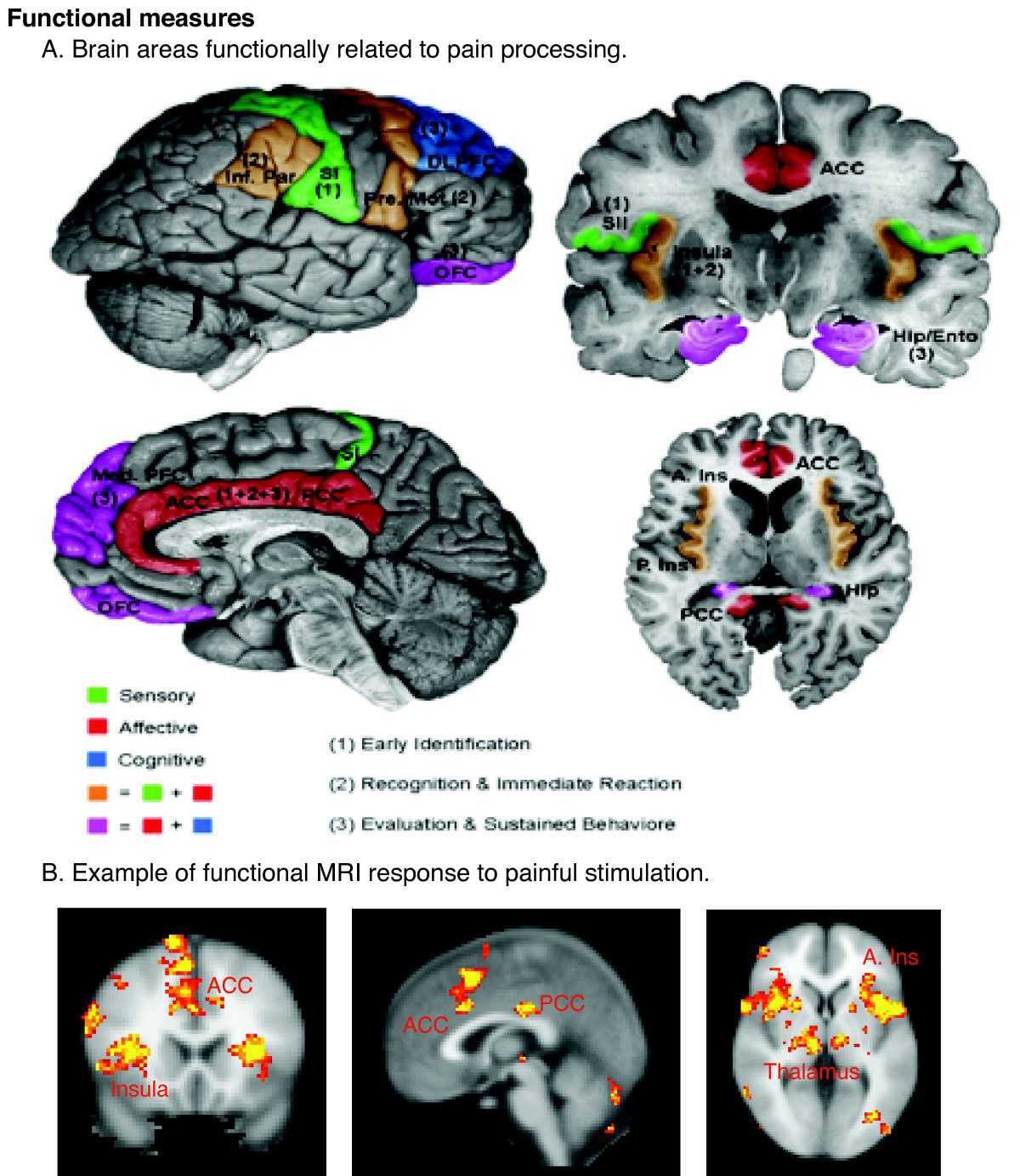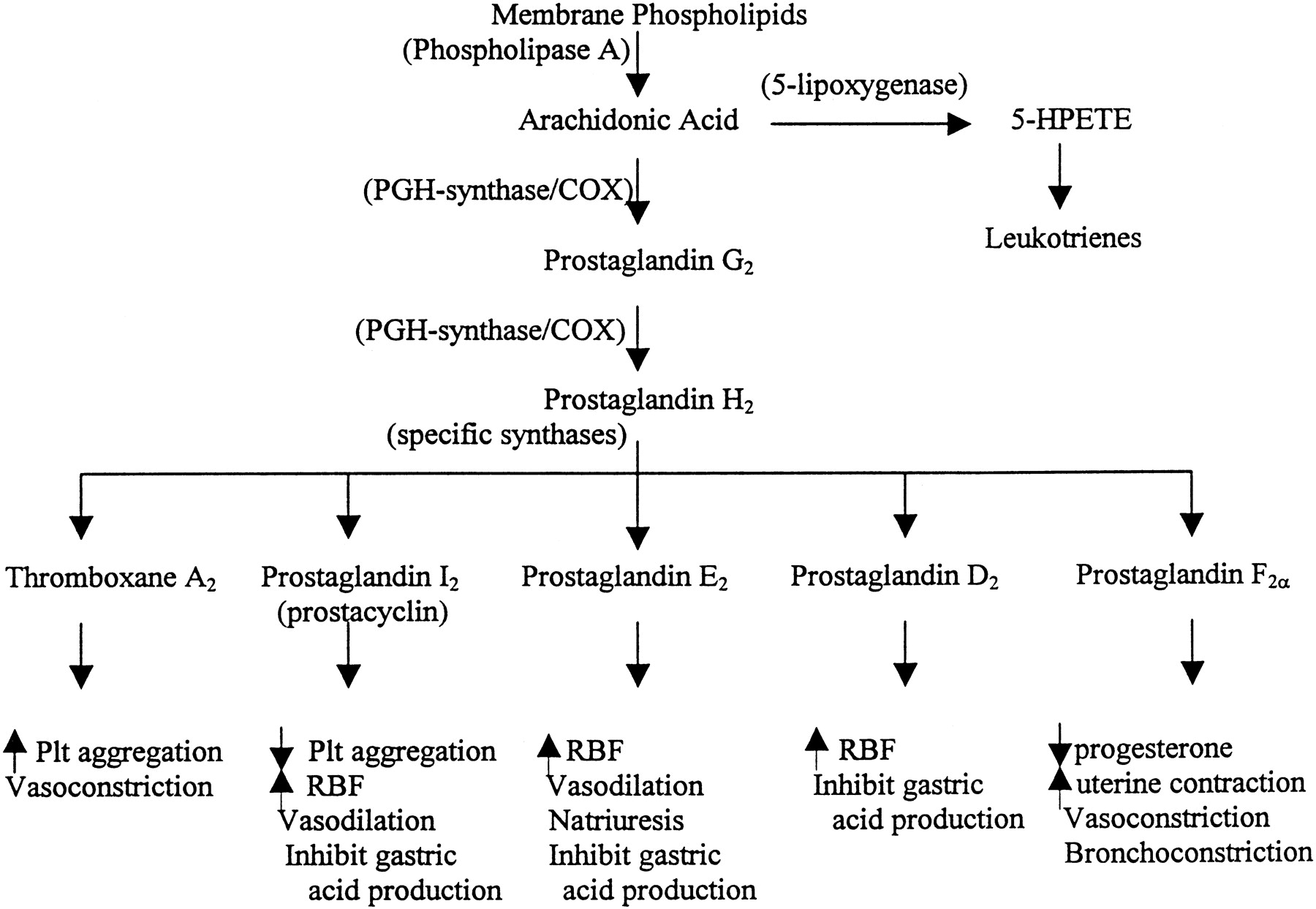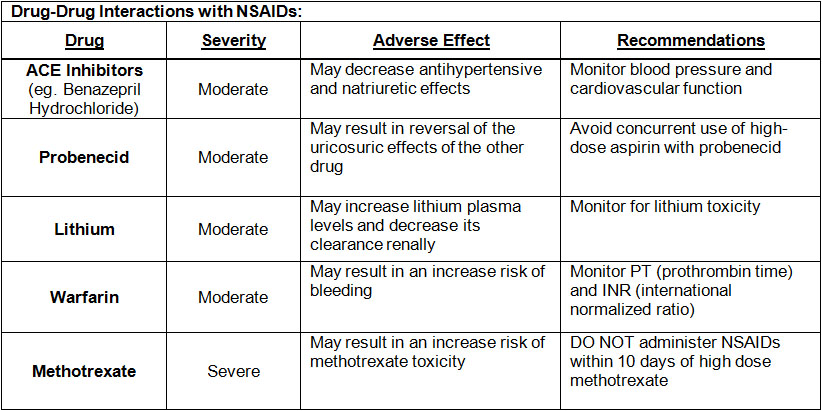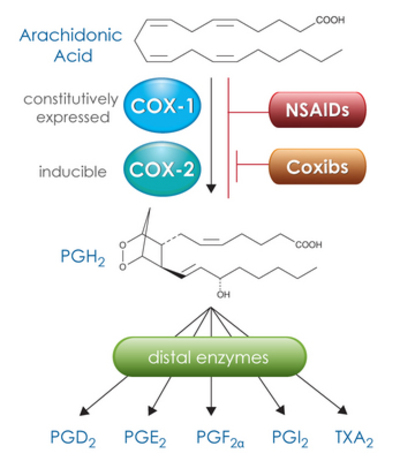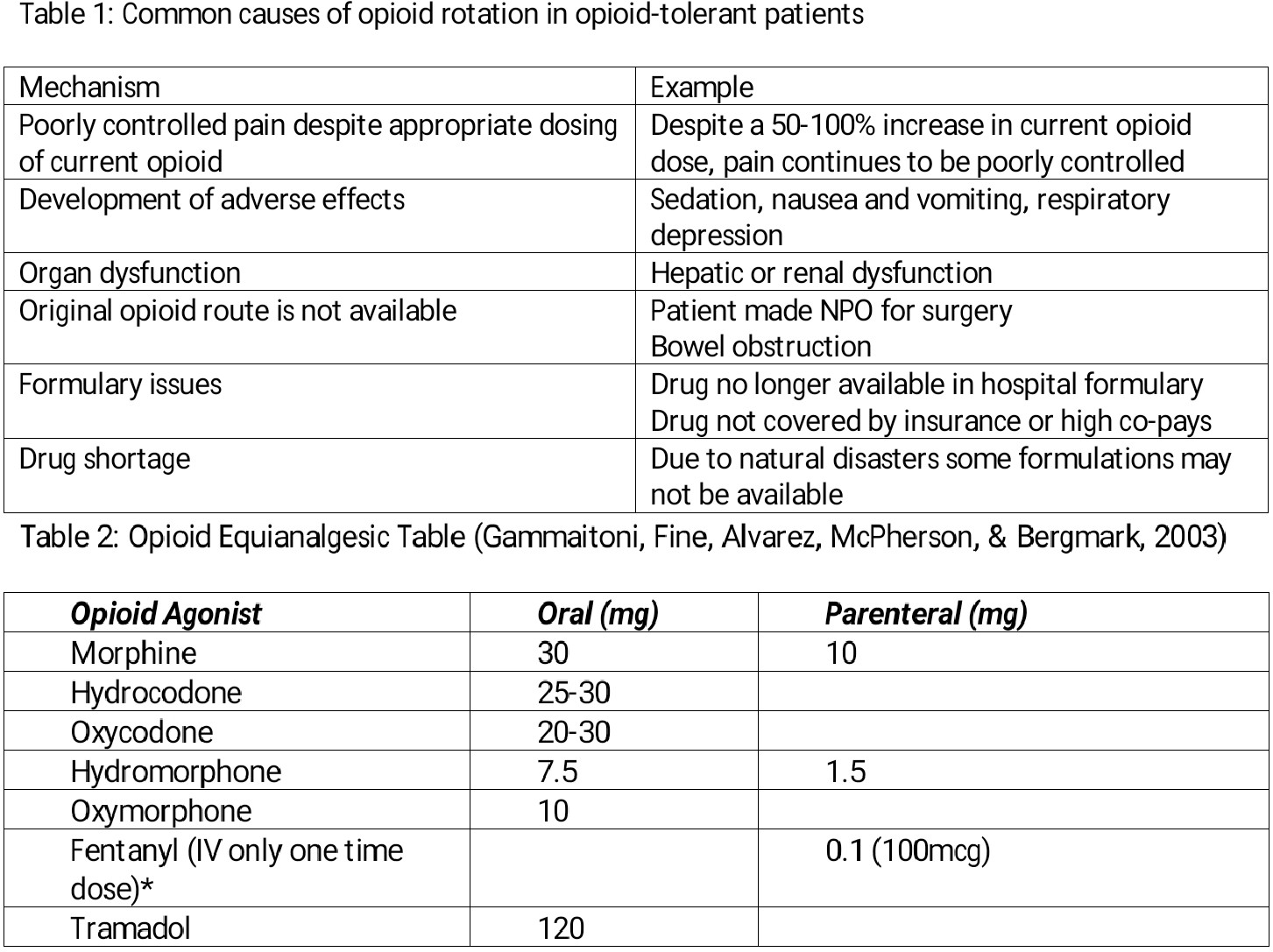[1]
. Classification of chronic pain. Descriptions of chronic pain syndromes and definitions of pain terms. Prepared by the International Association for the Study of Pain, Subcommittee on Taxonomy. Pain. Supplement. 1986:3():S1-226
[PubMed PMID: 3461421]
[2]
Aydede M. Does the IASP definition of pain need updating? Pain reports. 2019 Sep-Oct:4(5):e777. doi: 10.1097/PR9.0000000000000777. Epub 2019 Aug 13
[PubMed PMID: 31875184]
[3]
Alcock MM. Defining pain: past, present, and future. Pain. 2017 Apr:158(4):761-762. doi: 10.1097/j.pain.0000000000000828. Epub
[PubMed PMID: 28301403]
[4]
Cohen M, Quintner J, van Rysewyk S. Reconsidering the International Association for the Study of Pain definition of pain. Pain reports. 2018 Mar:3(2):e634. doi: 10.1097/PR9.0000000000000634. Epub 2018 Mar 5
[PubMed PMID: 29756084]
[5]
Jóźwiak-Bebenista M, Nowak JZ. Paracetamol: mechanism of action, applications and safety concern. Acta poloniae pharmaceutica. 2014 Jan-Feb:71(1):11-23
[PubMed PMID: 24779190]
[7]
Finnerup NB. Nonnarcotic Methods of Pain Management. The New England journal of medicine. 2019 Jun 20:380(25):2440-2448. doi: 10.1056/NEJMra1807061. Epub
[PubMed PMID: 31216399]
[9]
Attal N. Pharmacological treatments of neuropathic pain: The latest recommendations. Revue neurologique. 2019 Jan-Feb:175(1-2):46-50. doi: 10.1016/j.neurol.2018.08.005. Epub 2018 Oct 11
[PubMed PMID: 30318260]
[10]
Finnerup NB, Attal N, Haroutounian S, McNicol E, Baron R, Dworkin RH, Gilron I, Haanpää M, Hansson P, Jensen TS, Kamerman PR, Lund K, Moore A, Raja SN, Rice AS, Rowbotham M, Sena E, Siddall P, Smith BH, Wallace M. Pharmacotherapy for neuropathic pain in adults: a systematic review and meta-analysis. The Lancet. Neurology. 2015 Feb:14(2):162-73. doi: 10.1016/S1474-4422(14)70251-0. Epub 2015 Jan 7
[PubMed PMID: 25575710]
Level 1 (high-level) evidence
[14]
Guy GP Jr, Zhang K, Bohm MK, Losby J, Lewis B, Young R, Murphy LB, Dowell D. Vital Signs: Changes in Opioid Prescribing in the United States, 2006-2015. MMWR. Morbidity and mortality weekly report. 2017 Jul 7:66(26):697-704. doi: 10.15585/mmwr.mm6626a4. Epub 2017 Jul 7
[PubMed PMID: 28683056]
[15]
Chakote K, Guggenheimer J. Implications of use of opioid-containing analgesics for palliation of acute dental pain. Journal of opioid management. 2019 Jan/Feb:15(1):35-41. doi: 10.5055/jom.2019.0484. Epub
[PubMed PMID: 30855721]
[16]
Aubrun F, Nouette-Gaulain K, Fletcher D, Belbachir A, Beloeil H, Carles M, Cuvillon P, Dadure C, Lebuffe G, Marret E, Martinez V, Olivier M, Sabourdin N, Zetlaoui P. Revision of expert panel's guidelines on postoperative pain management. Anaesthesia, critical care & pain medicine. 2019 Aug:38(4):405-411. doi: 10.1016/j.accpm.2019.02.011. Epub 2019 Feb 26
[PubMed PMID: 30822542]
[18]
Chandrasekharan NV, Dai H, Roos KL, Evanson NK, Tomsik J, Elton TS, Simmons DL. COX-3, a cyclooxygenase-1 variant inhibited by acetaminophen and other analgesic/antipyretic drugs: cloning, structure, and expression. Proceedings of the National Academy of Sciences of the United States of America. 2002 Oct 15:99(21):13926-31
[PubMed PMID: 12242329]
[19]
Botting R, Ayoub SS. COX-3 and the mechanism of action of paracetamol/acetaminophen. Prostaglandins, leukotrienes, and essential fatty acids. 2005 Feb:72(2):85-7
[PubMed PMID: 15626590]
[20]
Brooks PM, Day RO. Nonsteroidal antiinflammatory drugs--differences and similarities. The New England journal of medicine. 1991 Jun 13:324(24):1716-25
[PubMed PMID: 2034249]
[21]
Munir MA, Enany N, Zhang JM. Nonopioid analgesics. The Medical clinics of North America. 2007 Jan:91(1):97-111
[PubMed PMID: 17164106]
[22]
Scarborough BM, Smith CB. Optimal pain management for patients with cancer in the modern era. CA: a cancer journal for clinicians. 2018 May:68(3):182-196. doi: 10.3322/caac.21453. Epub 2018 Mar 30
[PubMed PMID: 29603142]
[23]
Colloca L, Ludman T, Bouhassira D, Baron R, Dickenson AH, Yarnitsky D, Freeman R, Truini A, Attal N, Finnerup NB, Eccleston C, Kalso E, Bennett DL, Dworkin RH, Raja SN. Neuropathic pain. Nature reviews. Disease primers. 2017 Feb 16:3():17002. doi: 10.1038/nrdp.2017.2. Epub 2017 Feb 16
[PubMed PMID: 28205574]
[27]
McCrae JC, Morrison EE, MacIntyre IM, Dear JW, Webb DJ. Long-term adverse effects of paracetamol - a review. British journal of clinical pharmacology. 2018 Oct:84(10):2218-2230. doi: 10.1111/bcp.13656. Epub 2018 Jul 20
[PubMed PMID: 29863746]
[28]
Wright ME, Rizzolo D. An update on the pharmacologic management and treatment of neuropathic pain. JAAPA : official journal of the American Academy of Physician Assistants. 2017 Mar:30(3):13-17. doi: 10.1097/01.JAA.0000512228.23432.f7. Epub
[PubMed PMID: 28151738]
[29]
Kukkar A, Bali A, Singh N, Jaggi AS. Implications and mechanism of action of gabapentin in neuropathic pain. Archives of pharmacal research. 2013 Mar:36(3):237-51. doi: 10.1007/s12272-013-0057-y. Epub 2013 Feb 24
[PubMed PMID: 23435945]
[30]
Inturrisi CE. Clinical pharmacology of opioids for pain. The Clinical journal of pain. 2002 Jul-Aug:18(4 Suppl):S3-13
[PubMed PMID: 12479250]
[32]
Hayward KL, Powell EE, Irvine KM, Martin JH. Can paracetamol (acetaminophen) be administered to patients with liver impairment? British journal of clinical pharmacology. 2016 Feb:81(2):210-22. doi: 10.1111/bcp.12802. Epub 2015 Dec 25
[PubMed PMID: 26460177]
[33]
Bertolini A, Ferrari A, Ottani A, Guerzoni S, Tacchi R, Leone S. Paracetamol: new vistas of an old drug. CNS drug reviews. 2006 Fall-Winter:12(3-4):250-75
[PubMed PMID: 17227290]
[35]
Penna A, Buchanan N. Paracetamol poisoning in children and hepatotoxicity. British journal of clinical pharmacology. 1991 Aug:32(2):143-9
[PubMed PMID: 1931463]
[36]
Wong A, Graudins A. Risk prediction of hepatotoxicity in paracetamol poisoning. Clinical toxicology (Philadelphia, Pa.). 2017 Sep:55(8):879-892. doi: 10.1080/15563650.2017.1317349. Epub 2017 Apr 27
[PubMed PMID: 28447858]
[37]
Yeates PJ, Thomas SH. Effectiveness of delayed activated charcoal administration in simulated paracetamol (acetaminophen) overdose. British journal of clinical pharmacology. 2000 Jan:49(1):11-4
[PubMed PMID: 10606832]
[38]
Levy G, Houston JB. Effect of activated charcoal on acetaminophen absorption. Pediatrics. 1976 Sep:58(3):432-5
[PubMed PMID: 958771]
[39]
Chiew AL, Gluud C, Brok J, Buckley NA. Interventions for paracetamol (acetaminophen) overdose. The Cochrane database of systematic reviews. 2018 Feb 23:2(2):CD003328. doi: 10.1002/14651858.CD003328.pub3. Epub 2018 Feb 23
[PubMed PMID: 29473717]
Level 1 (high-level) evidence
[40]
Hunter LJ, Wood DM, Dargan PI. The patterns of toxicity and management of acute nonsteroidal anti-inflammatory drug (NSAID) overdose. Open access emergency medicine : OAEM. 2011:3():39-48. doi: 10.2147/OAEM.S22795. Epub 2011 Jul 6
[PubMed PMID: 27147851]

